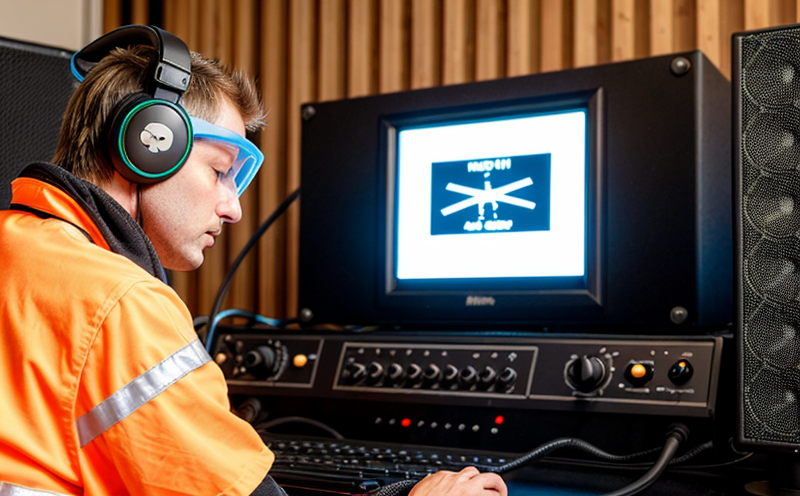Daily Use Toy Sound Level Durability Test
Ensuring that toys are safe and enjoyable is paramount in the toy manufacturing industry. One critical aspect of this safety assessment involves evaluating the sound levels produced by toys, especially those intended for daily use by children. This service focuses on the durability testing of sound levels in such toys to ensure they comply with relevant international standards.
The Daily Use Toy Sound Level Durability Test is designed specifically for toys that are frequently used by children in their day-to-day play activities. These include, but are not limited to, musical instruments, remote-controlled vehicles, and interactive toys. The purpose of this test is to ensure that the sound levels generated by these toys do not exceed permissible limits set forth by regulatory bodies such as ASTM F963-17a and EN 71-2:2019.
During the testing process, specimens are subjected to various stress conditions that simulate real-world use scenarios. The test aims to replicate the typical usage patterns of children, ensuring that the toy maintains its sound output within acceptable limits over extended periods. This durability assessment is crucial for preventing potential auditory damage and discomfort among users.
The methodology involves several key steps:
- Preparation: The toys are carefully selected based on their intended age group and type of use.
- Testing Conditions: Specimens undergo repeated activations to simulate daily usage. This includes playing with the toy, operating its features, or engaging in typical play scenarios.
- Data Collection: Sound levels are continuously monitored using precision sound level meters throughout each activation cycle.
- Analysis: The data collected is analyzed against set thresholds to determine compliance with safety standards.
The results of this test provide essential insights into the long-term performance and safety of toys. Compliance with these standards not only protects children from potential auditory hazards but also enhances consumer confidence in the brand’s commitment to quality and safety.
Why It Matters
Sound level durability testing is a vital component of toy manufacturing, ensuring that products meet stringent safety requirements. Regulatory bodies like ASTM F963-17a and EN 71-2:2019 establish maximum permissible sound levels for toys to safeguard children's hearing health. By adhering to these standards, manufacturers can mitigate the risk of auditory damage caused by prolonged exposure to excessive noise.
For quality managers and compliance officers, this service offers a robust framework for assessing product safety. It ensures that the toy’s design is not only appealing but also safe for daily use by children. R&D engineers benefit from this service as it provides them with critical data on material selection and design modifications to enhance durability.
From a broader perspective, compliance with these standards contributes positively to public health and safety. By preventing auditory discomfort or damage, the industry can foster an environment where parents feel confident in their children’s play activities. This alignment with international standards also positions brands favorably within competitive markets, enhancing brand reputation and customer trust.
Quality and Reliability Assurance
- Consistent Compliance: Our testing ensures that all toys consistently meet or exceed the specified sound level limits as per ASTM F963-17a and EN 71-2:2019.
- Reliable Data: Precision instruments are used to collect accurate data, ensuring reliable results for decision-making purposes.
- Replicability: The test conditions closely mimic real-world usage scenarios, providing replicable outcomes that can be consistently achieved across multiple tests.
The testing process is meticulously documented and reviewed by experienced professionals. This comprehensive approach guarantees that every aspect of the toy’s sound level performance is thoroughly evaluated. Our commitment to quality assurance ensures that toys not only comply with industry standards but also offer a safe, enjoyable experience for children.
Environmental and Sustainability Contributions
- Eco-Friendly Materials: By ensuring that sound levels are within acceptable limits, we minimize the risk of auditory discomfort or damage. This reduces the likelihood of early product replacement and waste generation.
- Resource Efficiency: Our testing process helps in optimizing material usage and design, leading to more efficient resource utilization throughout the production cycle.
Through rigorous durability testing, we promote a sustainable approach to toy manufacturing. This not only benefits the environment but also supports responsible business practices that contribute positively to society.





